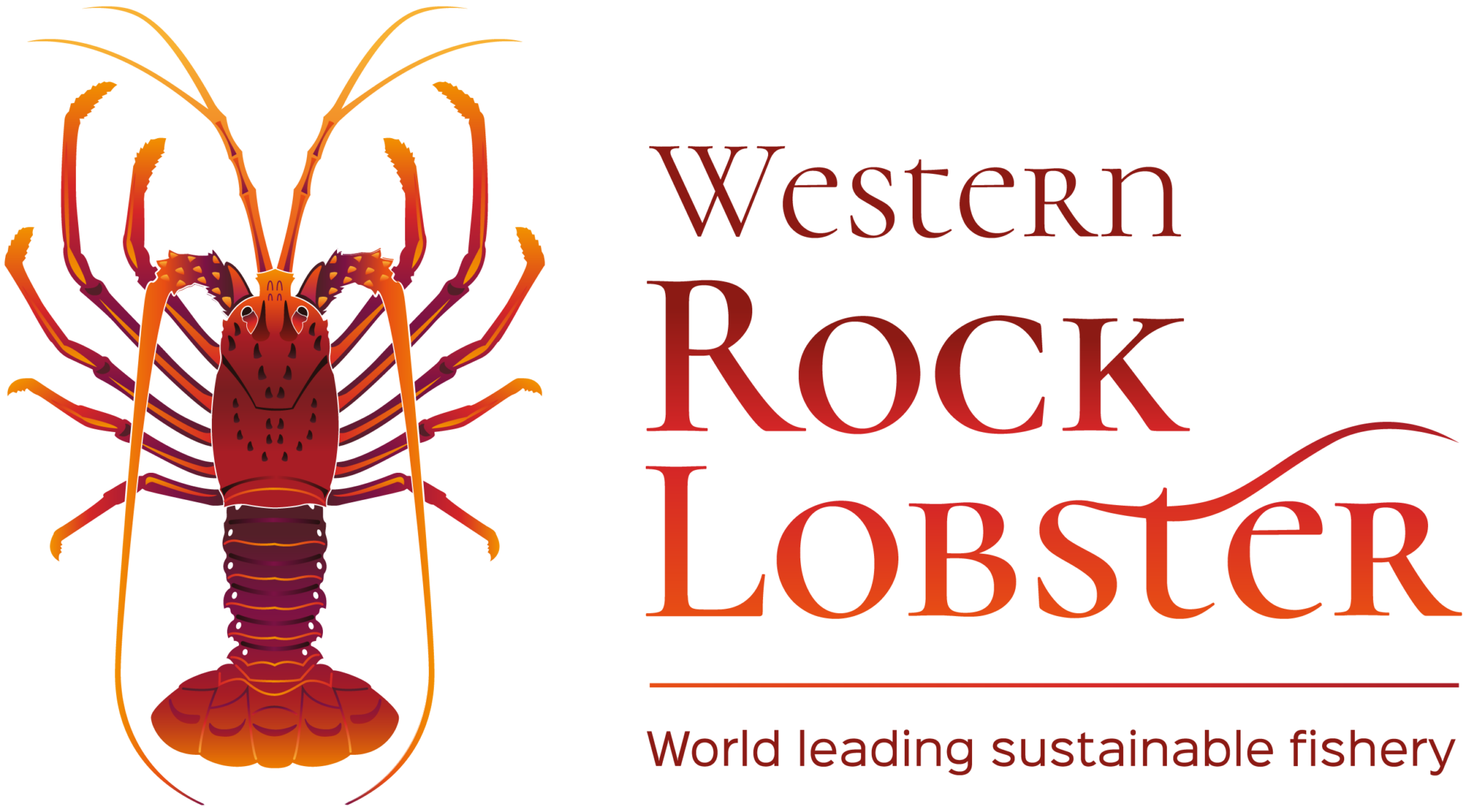The development of the first carbon footprint in Australia’s seafood industry could give our lobsters a competitive edge when it comes to consumer preferences for low-emission proteins.
An FRDC-funded study has lifted the lid on the energy use and greenhouse gases emitted by Australia’s seafood industry, resulting in the first-ever mapping of its carbon footprint. The study also provided useful tools to understand our industry’s emissions, and recommended steps that businesses can take to reduce their footprint.
The project was conducted by Perth-based specialist blue economy consultancy Blueshift Consulting. Principal Investigator, Rob Bell, says the information is a vital step in providing a competitive advantage for seafood as a low-emissions protein and highlights how seafood production may need to adapt in the future.
While more detailed information about the project is provided in the links below, WRL would like to draw your attention to the self-assessment tools developed by the project. WRL encourages all our fishing businesses to download the tool relevant to the lobster sector (it is in Microsoft Excel format) and to conduct a self-assessment of your business.
By understanding and improving the carbon footprint of your business, you help to give our lobsters a competitive edge when it comes to local, national, and global consumer preferences. At the same time, you’ll be continuing to build the industry’s social license to operate and further enhance the fishery’s global sustainability credentials.
Project information:
- FRDC’s Fish Magazine article about the project.
- Final report and the three tools developed by the project.
- More about Blueshift Consulting and the self-assessment tool relevant to a western rock lobster business.
- The self-assessment tool is also available to download directly from WRL’s website here.
